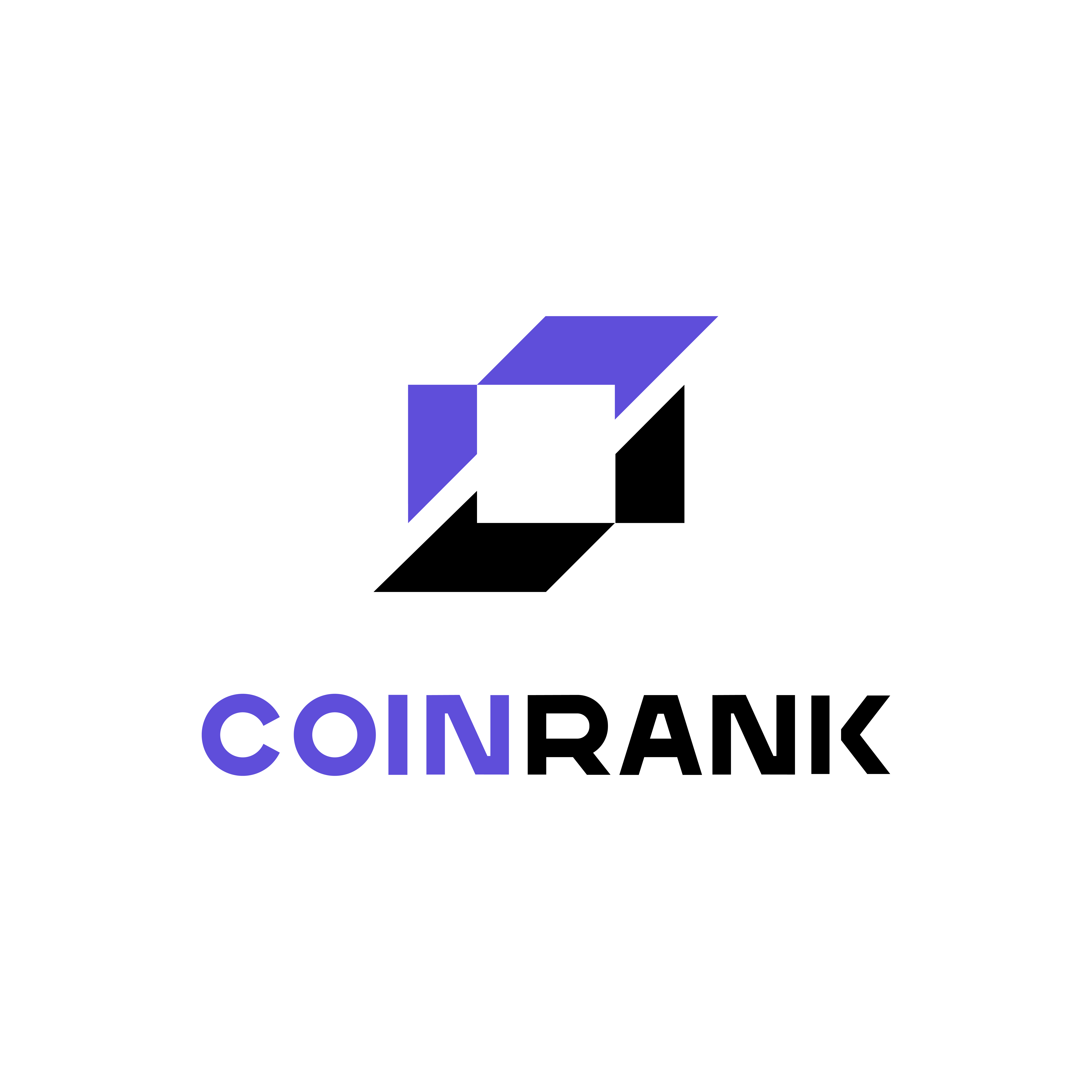Stable's Fundraising Chaos: Why I Missed the FOMO Train
- 核心观点:加密项目融资存在机构垄断问题。
- 关键要素:
- Stable两轮融资共13亿美元。
- 首轮73%份额被内部提前认购。
- 项目缺乏代币经济模型透明度。
- 市场影响:加剧散户与机构间不平等。
- 时效性标注:长期影响
Yesterday's stablecoin crowdfunding campaign was incredibly difficult.
I noticed it as soon as I logged in, but when I opened the webpage to recharge, the page was frozen and wouldn't load. I tried several times without success, and finally had to give up. Besides, the project team never explicitly promised an airdrop, and considering the current market conditions, sometimes staying put might not be a bad thing.
After that, I quickly looked into Stable.
This is an L1 blockchain designed specifically for stablecoins, primarily addressing the issues of high transaction fees and slow speeds for stablecoin transactions.
In short, it makes USDT transfers faster and cheaper. The project's popularity is likely due to its strong backing. Bitfinex invested $28 million in the seed round and also serves as an advisor to the project, while Hack VC led this funding round. Tether_to also provided support, which is unsurprising given that the project's biggest feature is using USDT directly as gas (transaction fees), making protocol-level transactions not only fast but also completely free.
Yesterday's funding round was actually the second round, totaling $500 million, with a limit of $100,000 per wallet. As far as I know, all funds were subscribed in less than half an hour. The first round of funding, totaling $825 million, reportedly sold out in 10 minutes. Many participants were well-known DeFi projects, including ConcreteXYZ and @fraxfinance.
Insider Game
Presumably due to the exceptionally high demand in the first round of subscriptions, with some large investors even snapping up shares before the announcement, the second round of subscriptions again triggered a strong sense of FOMO (fear of missing out). Even with a subscription limit of $100,000, most people were still unable to participate, and those who ultimately entered were primarily institutional investors. According to data from the first round, of the total $825 million in subscriptions, approximately $600 million (about 73%) was deposited by "insiders" before the public announcement.
That's what good projects are like. Before ordinary people even hear about them, the pie is already divided up. But honestly, don't be afraid of missing out. Once your money is invested, nobody knows how long it will be locked up. The project team hasn't explicitly promised an airdrop, and it's currently unclear whether early exit is possible. The token economic model isn't even in the white paper yet.
Moving Towards Better Opportunities
If this project fails, we simply move on to the next one. There's no need to chase every seemingly tempting opportunity.
The cryptocurrency space is full of opportunities, and sometimes the best deal is to do nothing. Given so many other projects with greater transparency and fairer allocation mechanisms, why lock your funds in a project with unclear terms?
This whole incident highlights a broader problem in the cryptocurrency space. Projects with strong institutional backing often artificially create scarcity, triggering FOMO (fear of missing out) among retail investors. But a closer look reveals that most of the allocation has already been decided behind the scenes. The public offering is essentially just a formality, creating a false impression of community participation, while the actual operations were completed months earlier.
Don't get me wrong, the Stable project could be a great one. Its technology seems reliable, its backers are trustworthy, and solving the stablecoin transaction cost problem is indeed a real challenge worth exploring. However, this doesn't mean you have to force yourself to participate in every funding round at all costs. You have other opportunities to participate, such as through the secondary market, future funding rounds, or by using the product directly after its official launch.
The most important lesson here is to maintain self-discipline. Just because everyone else is rushing in doesn't mean you have to follow suit.
Conduct thorough research, understand the relevant terminology, assess the risk-reward ratio, and make decisions based on logic rather than emotion. In a market that operates around the clock and constantly introduces new products, patience is actually your greatest advantage.

Understanding Real Dynamics
What shocked me most about the Stable incident was that it perfectly illustrated the current state of cryptocurrency financing.
We've moved far from an era where retail investors truly had a chance to participate in early-stage projects. Now, it all comes down to connections, timing, and frankly, being in the right circles. A $100,000 wallet limit sounds generous, but it's practically meaningless when institutional investors can deploy multiple wallets and coordinate funding.
Furthermore, the lack of transparency regarding token distribution and unlocking schedules is worrying. Investing without understanding the full token economic model is essentially blind investment. While it's true that the project has prominent figures behind it, this doesn't guarantee favorable terms for later participants. In fact, the opposite is often true. Early backers and insiders typically secure more lucrative deals, putting later investors at a disadvantage.
USDT's function as a gas fee payment is indeed innovative and addresses a real pain point in the ecosystem. Currently, transferring stablecoins requires paying gas fees with the native token of the chain you're using, which increases friction and costs. If Stable can simplify this process and make it free at the protocol layer, it would be a significant improvement. However, innovation alone is not a reason for blind investment, especially when entry conditions are unclear and lock-up periods are undefined.
Big picture perspective
From a broader perspective, we've observed this pattern repeatedly in the launch of several high-profile projects. Project teams announce public fundraising, retail investors flock in, but it turns out that the vast majority of the shares end up in the hands of pre-arranged insiders. This may not be malicious, but it certainly raises questions about the true meaning of "public" in these contexts. If 73% of the shares are already reserved before the announcement, can we still call it public fundraising?
This dynamic presents challenges for ordinary investors. On the one hand, you want to get involved in promising projects as early as possible; on the other hand, you often have to compete with seasoned investors who have better access to information, faster infrastructure, and more substantial capital. The odds are already slim, and recognizing this is crucial for making informed decisions.
That said, I'm not suggesting we completely abandon early-stage investment opportunities. Instead, we need to be more discerning and strategic. Wait for projects that are truly transparent, have fair distribution mechanisms, and clear token economic models. Don't rush into projects with vague terms and opaque distribution processes. Your money is valuable, and using it wisely sometimes means saying "no" to the hottest trends of the moment.
Stay happy, stay disciplined, and remember: there will always be another project, another opportunity, another chance. Don't let "fear of missing out" (FOMO) dictate your investment decisions. The cryptocurrency space favors patient and careful analysis over impulsive chasing. Be a happy dog, not an anxious, decadent one chasing every treat in the yard.



